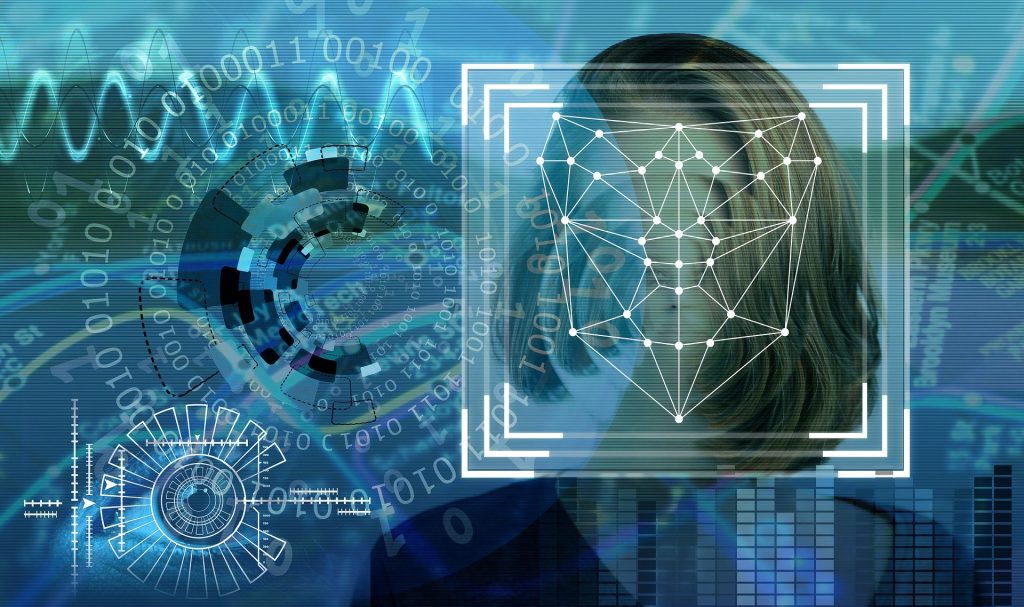Technology is advancing quickly. So quickly, in fact, that it may just be a matter of time before you won’t need identification at all.
What was once something you could only imagine existing in the latest science-fiction movie, biometrics are now poised to become a significant part of daily living.
What Are Biometrics?
Biometrics are, in short, biological traits or characteristics that can be used to identify you. Some of them can be used individually — like a fingerprint which is uniquely yours. According to ExpressVPN’s piece, they are used for both identification and authentication. Others are used in conjunction with one another to determine a person’s identity. Facial recognition, for instance, relies on multiple markers to accurately identify a person. With multiple unique aspects to consider — the nose, jaw, brow, eyes, mouth — each face is distinctive, even if the components are not. This type of biometric data therefore is highly personalized and is being touted as a key component of the travel industry to help improve security and speed.
We often think of biometrics as futuristic technology. It once was, however our understanding of technology has advanced considerably in the last decade. While the technology surrounding fingerprints may be refined now, the idea existed many years ago. In fact, fingerprint science first made its way on the scene in the 1880s. While there have certainly been some changes to how we use fingerprints, they’re still considered an ideal way to determine identity.
It wasn’t until the mid 1900s that technology really began to catch up with our understanding of bodies. The original facial recognition methods were developed in the 1960s, and by 1969 law enforcement was widely using both fingerprint and facial recognition technology.
How Are Biometrics Used Today?
As we enter 2022,, technology has advanced to the point where biometrics is no longer just for government agencies and big corporations. Biometrics is finding its way to everyday people and everyday tasks. Whether it’s unlocking your phone with a thumbprint or voice recognition on your AI device, biometrics has become an invaluable piece of everyday living. And, it’s only expected to become more important in the future.
Thumbprint recognition to unlock our devices and facial recognition to access our favorite accounts is really just the tip of the iceberg when it comes to how biometrics are used. We often think of these tasks because they are real-world examples we perform every day.
Biometrics can also be used in ways we might be less enthusiastic about. For instance, video surveillance software uses your physical characteristics to determine identity — and pinpoint your exact location and activities. The U.S. government is open about how and why they use biometrics. Used in airports, at border crossings, and in areas that require greater security, these initiatives do work to keep us safe. However, it’s easy to see how these same tactics can feel like an infringement on your privacy when used while you’re out and about on everyday business.
Using biometrics can provide us with greater security, but its use is not entirely risk-free. While technology has made tremendous advancements, there can be false positives or negatives with facial recognition. This is especially true with mask-wearing or with the use of facial prosthetic enhancements or plastic surgery. Hiding facial features in shadows and beneath oversized hats can also prevent facial recognition technology from working as intended. Using biometrics is not a full-proof way to identify someone.
Unfortunately, it isn’t just biometric failures that people need to be concerned about. As with any other technology advancement, as biometrics become more prominent — and protect more vital information — they will become targeted by hackers. Databases can be hacked, and stored biometric data can be altered. Personal biometric data may be stolen and sold to the highest bidder. Since biometrics are generally things you cannot change — unlike a password or creating a new account — compromised biometric data may become a real problem.
The Future of Biometrics
There’s a strong possibility that biometrics will have an influential role in the future when it comes to top-of-the-line security. Just like how you protect your devices, social security number, and bank information, it’s time to start thinking about how you can protect your unique biometric markers and what safety precautions you can take to protect your data.

